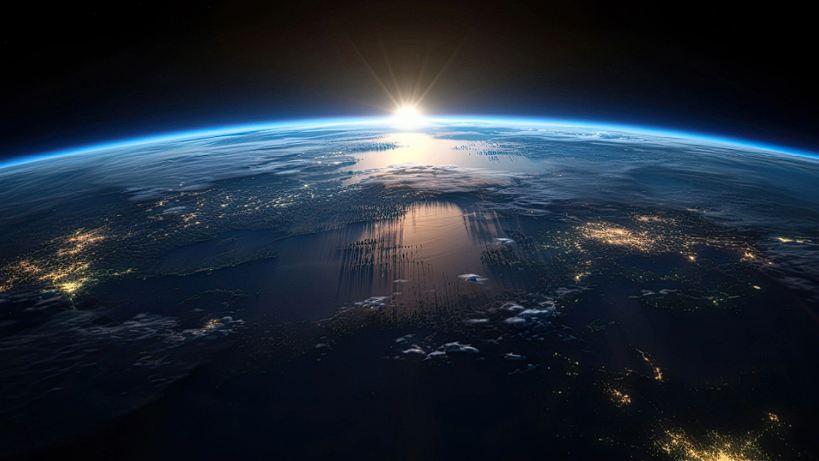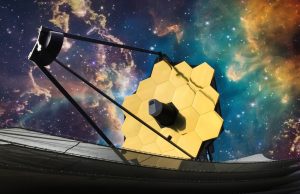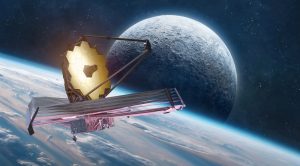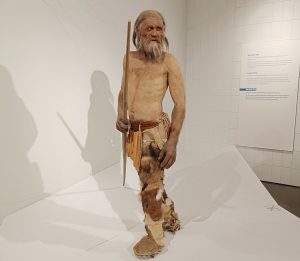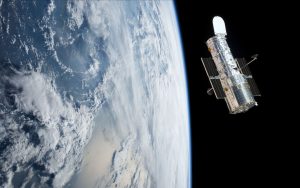Zealandia Resurfaces After 375 Years.
Others are reading now
After nearly four centuries, a group of dedicated scientists has confirmed the existence of a long-lost continent, Zealandia.
Hidden beneath the eastern side of New Zealand’s South and Stewart Islands, this over billion-year-old landmass, also known as Te Riu-a-Māui in Māori, has resurfaced into the realm of modern geology.
The Journey to Zealandia’s Discovery
The path to this monumental discovery began in 2018. Geologist Rose Turnbull, while sifting through sand grains at California State University, was on a quest for zircon. This mineral is a key in tracing various igneous rocks, especially granite and felsic types.
Also read
The study escalated to examining 169 rock samples, leading to an astonishing find. “We are sitting on a continent,” Turnbull told National Geographic according to LadBible, marking a significant realization in geological research.
Zealandia’s Geological Implications
Despite its vast age, Zealandia is still considered the ‘younger sibling’ among the continents. Its rock formations are not as ancient as those in other continents, some dating back over three billion years. However, recent findings have unearthed rocks and pieces of mantle on Zealandia as old as 2.7 billion years, suggesting a much deeper historical significance than previously thought.
Joshua Schwartz, a geologist specializing in granites at California State University, emphasized the importance of continental crust, stating, “That layer on top of the Earth that we call the crust, that thin layer is where all the action for life happens.”
A Reminder of Earth’s Mysteries
Andy Tulloch, a geologist at New Zealand’s GNS Science and a member of the Zealandia discovery team, reflected on the process,
“This is an example of how something very obvious can take a while to uncover.” This statement encapsulates the essence of geological exploration – the continuous quest to unravel the hidden layers of our planet’s past.

